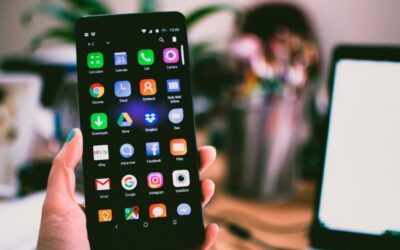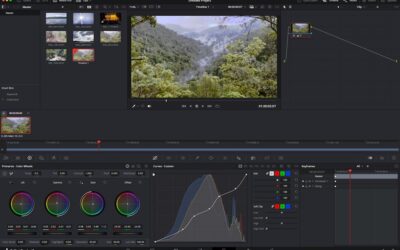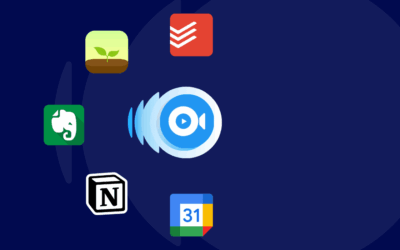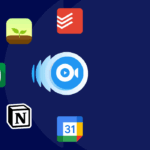OnePlus vs Pixel: Which Android Phone Wins in 2025?

In the competitive world of Android smartphones, OnePlus and Google Pixel have long been two strong contenders. As of 2025, both brands have released their latest flagships—the OnePlus 13 and the Google Pixel 9 Pro—each packed with cutting-edge features, performance upgrades, and bold design choices. Choosing between them can be a tough call for users who demand speed, camera quality, and overall value. This article compares both phones in key areas to help determine which Android phone truly wins in 2025.
Design and Build Quality
OnePlus has taken a sleek, modern approach with the OnePlus 13, featuring a curved AMOLED display, ultra-thin bezels, and a premium glass back with a polished aluminum frame. The phone feels light yet solid in the hand, and it’s available in a range of vibrant finishes. OnePlus has also introduced improved durability with Gorilla Glass Victus 3 and IP68 water resistance.
The Google Pixel 9 Pro, on the other hand, retains the minimalist, rounded-edge design language that Pixel fans are familiar with. It also uses Gorilla Glass protection and an aluminum frame, but the standout feature is the matte finish on the back that reduces fingerprints and offers better grip. Pixel continues to prioritize subtle elegance and comfort over flashy aesthetics.
While OnePlus wins in terms of modern flair and visual impact, the Pixel 9 Pro impresses with understated refinement and practical build choices.
Display Quality
The OnePlus 13 features a 6.78-inch QHD+ AMOLED display with a 120Hz refresh rate and 3000 nits peak brightness. It offers stunning clarity, deep blacks, and ultra-smooth scrolling. HDR10+ support enhances the viewing experience for video and gaming.
The Pixel 9 Pro is close behind with its 6.7-inch LTPO OLED panel, also featuring 120Hz refresh and HDR10+. Google has improved brightness and color accuracy compared to previous models, and the screen is slightly flatter, making it easier to use without accidental touches.
In real-world use, both displays are excellent, but OnePlus edges out the Pixel with slightly better brightness and contrast, making it the better choice for outdoor use and multimedia lovers.
Performance and Speed
The OnePlus 13 runs on the latest Snapdragon 8 Gen 3 chip with up to 16GB of LPDDR5X RAM. Combined with UFS 4.0 storage, this phone is a performance beast, ideal for gaming, multitasking, and heavy apps. It’s optimized with OxygenOS 15, which maintains the near-stock Android experience but adds speed-focused enhancements and useful features.
The Pixel 9 Pro uses Google’s custom Tensor G4 chip. While it performs well for everyday tasks and excels in AI processing and image computation, it lags slightly behind the Snapdragon 8 Gen 3 in raw benchmark scores. The Pixel experience is polished and smooth, thanks to Android 15 and deep integration with Google services, but it’s not as snappy as OnePlus in high-performance scenarios.
If raw performance and responsiveness matter most, OnePlus is the clear winner. But Pixel has the advantage in AI-powered features like live translation, call screening, and photo editing.
Camera Performance
Camera quality is where the Pixel 9 Pro really shines. Equipped with a 50MP main sensor, 48MP telephoto with 5x optical zoom, and a 48MP ultra-wide lens, Google uses software to produce some of the best photos in the smartphone world. Its Night Sight, Real Tone, and Magic Editor features continue to lead the industry. Video performance has also improved significantly in low light.
The OnePlus 13 also features a triple-camera setup, with a 50MP main sensor co-engineered with Hasselblad, a 32MP telephoto, and a 48MP ultra-wide. It performs well in various lighting conditions, with fast shutter speed and improved color accuracy. OnePlus has made strides in its computational photography, but it’s still a step behind Pixel in overall consistency and detail, especially in low-light situations.
For photography enthusiasts or anyone who values camera quality above all, the Pixel 9 Pro wins.
Battery Life and Charging
OnePlus continues to dominate in charging speed. The OnePlus 13 packs a 5400mAh battery with 100W wired charging and 50W wireless charging. You can fully charge the device in under 30 minutes, which is incredibly convenient for users on the go.
The Pixel 9 Pro includes a 5100mAh battery with 30W wired and 23W wireless charging. Battery life is good, often lasting a full day, but the slower charging speeds mean you’ll need to plan your top-ups more carefully.
In terms of endurance, both phones perform similarly, but OnePlus is the clear winner when it comes to getting a fast charge.
Software and Updates
Google’s strength lies in software. The Pixel 9 Pro comes with Android 15 and will receive at least 7 years of OS and security updates. The Pixel UI is clean, fast, and free of bloatware. Features like Now Playing, AI call screening, and Smart Replies are seamlessly integrated.
OnePlus offers OxygenOS 15 based on Android 15. It’s still relatively close to stock Android but includes customization features and performance enhancements. OnePlus promises 4 years of OS updates and 5 years of security patches—not as long as Google, but still decent.
If long-term updates and the pure Android experience are important to you, Pixel wins this round.
Price and Value
The OnePlus 13 is priced around $899, while the Pixel 9 Pro starts at $999. Considering its premium build, high-end performance, and fast charging, the OnePlus offers better value for users looking for flagship specs at a slightly lower price.
Pixel 9 Pro justifies its higher price with unmatched camera performance, longer software support, and AI features. It’s ideal for users who are already in the Google ecosystem and prioritize smart software over specs.
Final Verdict
Choosing between the OnePlus 13 and Pixel 9 Pro in 2025 depends on your priorities:
-
Choose OnePlus 13 if you want the best performance, faster charging, and excellent display at a competitive price.
-
Choose Pixel 9 Pro if you care more about photography, software experience, and long-term updates.
Both phones are fantastic in their own right, and there’s no wrong choice—only the right choice for your needs.
















